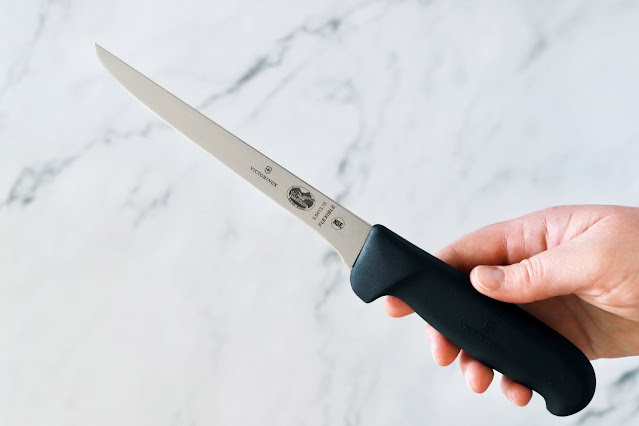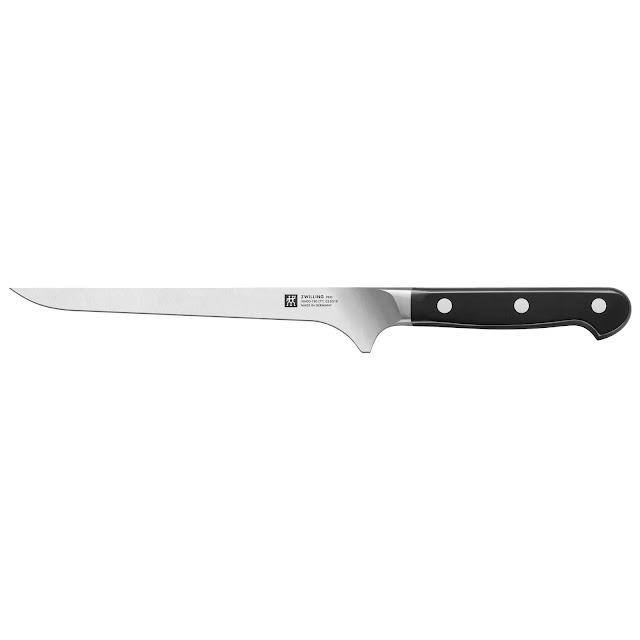Beyond the Cut: Unleashing the Potential of Meat Knives in the Kitchen
In the symphony of culinary tools, the meat knife takes center stage, offering precision and power for those who seek perfection in every cut. In this exploration of meat knives, we delve into their unique features, applications, and why they are indispensable companions for chefs and cooking enthusiasts alike.
Versatility in Design:
Meat knives come in various shapes and sizes, each tailored for specific tasks. From carving knives for presentation-worthy slices to cleavers for tackling bones and joints, the diverse designs cater to the wide spectrum of meats and cooking styles.
The Art of Carving:
Carving knives, with their long, thin blades, are crafted for the art of presentation. Perfect for slicing through roasts, turkey, or ham, these knives ensure uniform, visually appealing cuts that enhance the dining experience. Look for a carving knife with a comfortable handle for steady control during precise carving.
Mighty Cleavers:
Cleavers, with their hefty build and thick, rectangular blades, are the workhorses of the meat knife family. Ideal for chopping through bones and tough cuts, cleavers showcase raw power. Their broad surface also aids in transferring chopped ingredients from the cutting board to the pot with ease.
Slicing through Challenges:
Slicing knives, often with longer blades and a slight curve, excel at effortlessly slicing through large cuts of meat. Perfect for briskets, roasts, and ham, these knives provide the control and sharpness needed for clean, thin slices.
Material Matters:
The choice of material is crucial for meat knives. High-carbon stainless steel is a popular option, offering a balance of sharpness, durability, and corrosion resistance. Some knives may feature special edge treatments or finishes to enhance their cutting performance.
Handle Comfort for Control:
The handle of a meat knife plays a vital role in ensuring control and comfort during prolonged use. Consider a handle design that suits your grip preference, whether it's a classic riveted handle for a traditional feel or a modern ergonomic design for enhanced comfort.
Care and Maintenance:
To keep your meat knives in peak condition, regular care is essential. Hand wash the blades with mild soap and water, and hone the edge regularly to maintain sharpness. Proper care not only ensures optimal performance but also prolongs the life of your valuable meat knives.
Beyond Beef: Adapting to Different Meats:
While the term "meat knife" might evoke images of steaks and roasts, these knives are versatile enough to handle a variety of meats. From poultry to game meats, a well-chosen meat knife adapts to different textures and cuts, showcasing its flexibility in the kitchen.
Conclusion:
Meat knives are not mere tools; they are extensions of a chef's expertise, transforming the act of cutting into a culinary performance. With their varied designs, impeccable craftsmanship, and ability to adapt to different meats, these knives bring precision and power to the kitchen, making them indispensable for anyone who takes pride in their culinary creations.

.jpg)


Comments
Post a Comment